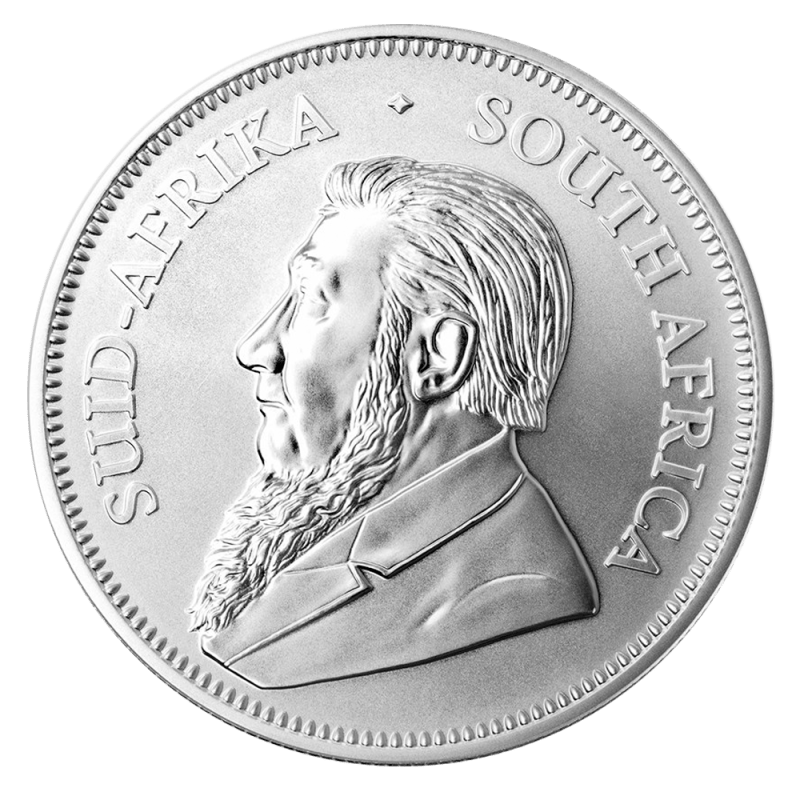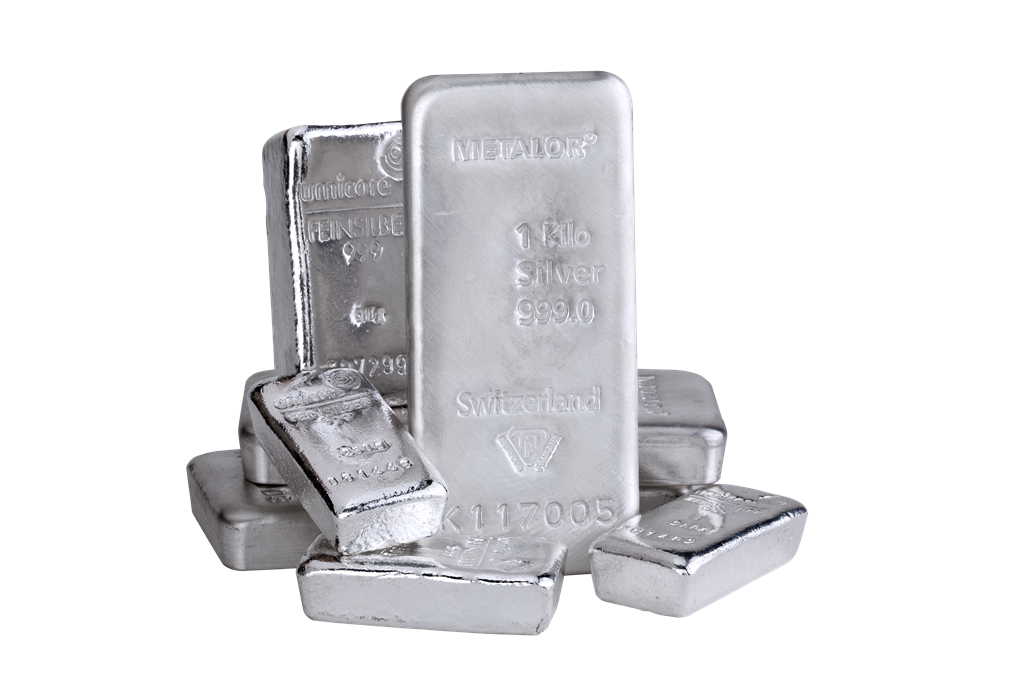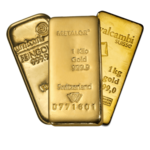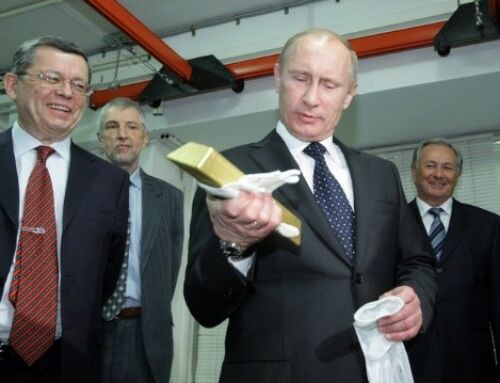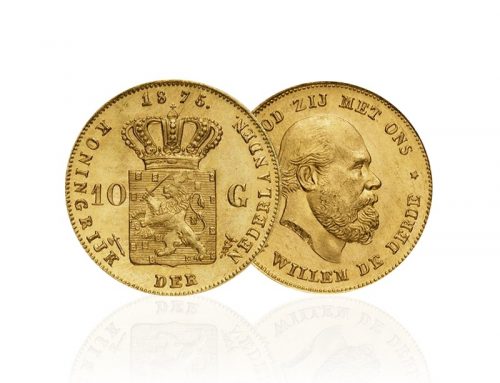The origin of gold
GOLD DEPOSITS.
The cottages hypogene vein * were an important source of gold a century ago, as in Australia. The alteration zones of these veins also consists of rich deposits, more easily accessible since the rock was already crushed. These veins are a good illustration of the correlation between the presence of gold and intrusive plutonic and metamorphic rocks. These magmatic origin rocks are made of granite, granodiorite and diorite in old fields. More recent formations
as trachytes and andesites * * may be auriferous. The proportion of silver Ag with respect to gold is generally higher in younger rocks. The result is then the presence of silver-gold (electrum).
Gold is extracted in specific mines, but it is also a byproduct of mineral exploitation based on complex sulphides of lead, zinc, copper recent formations.
If the vein intrusions may be favorable deposits, auriferous quartz can also fill cavities after peeling rocks atop the anticlinal or synclinal troughs of.
The bodies of igneous rocks (ultramafic, sub-volcanic) can directly source with the coat, but they are often correlated with mafic volcanic strata to felsic cycles, interspersed with terrigenous sediments.
* The trachytes are rich volcanic rocks alkali feldspar and quite high silica content: they belong therefore to felsic group.
* Andesite = plagioclase feldspar species.
* Refers to a seam formed in depth, in the form of plutonic and metamorphic rocks.
Also refers to minerals or mineral deposits resulting from the action of water rising from the depths.
